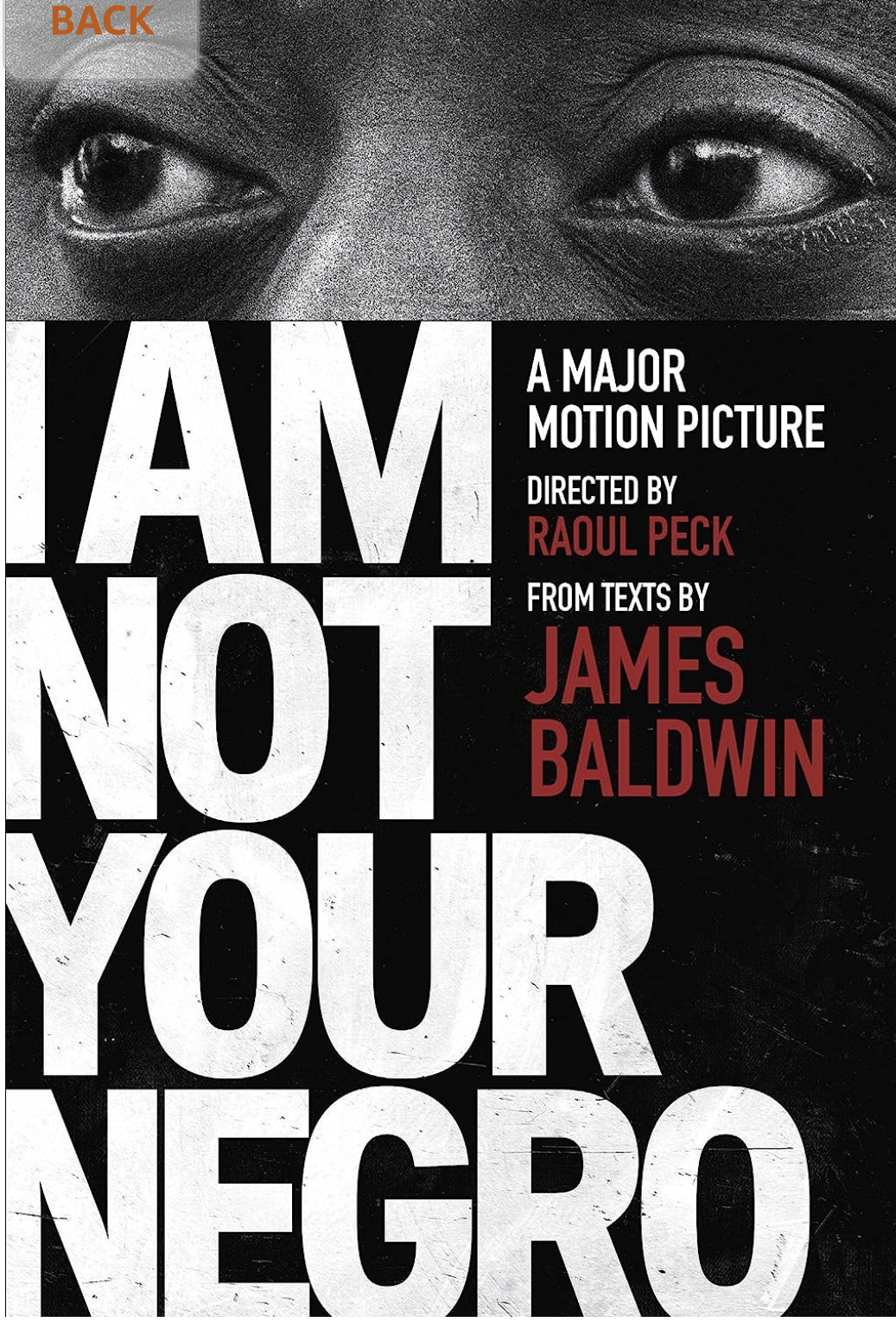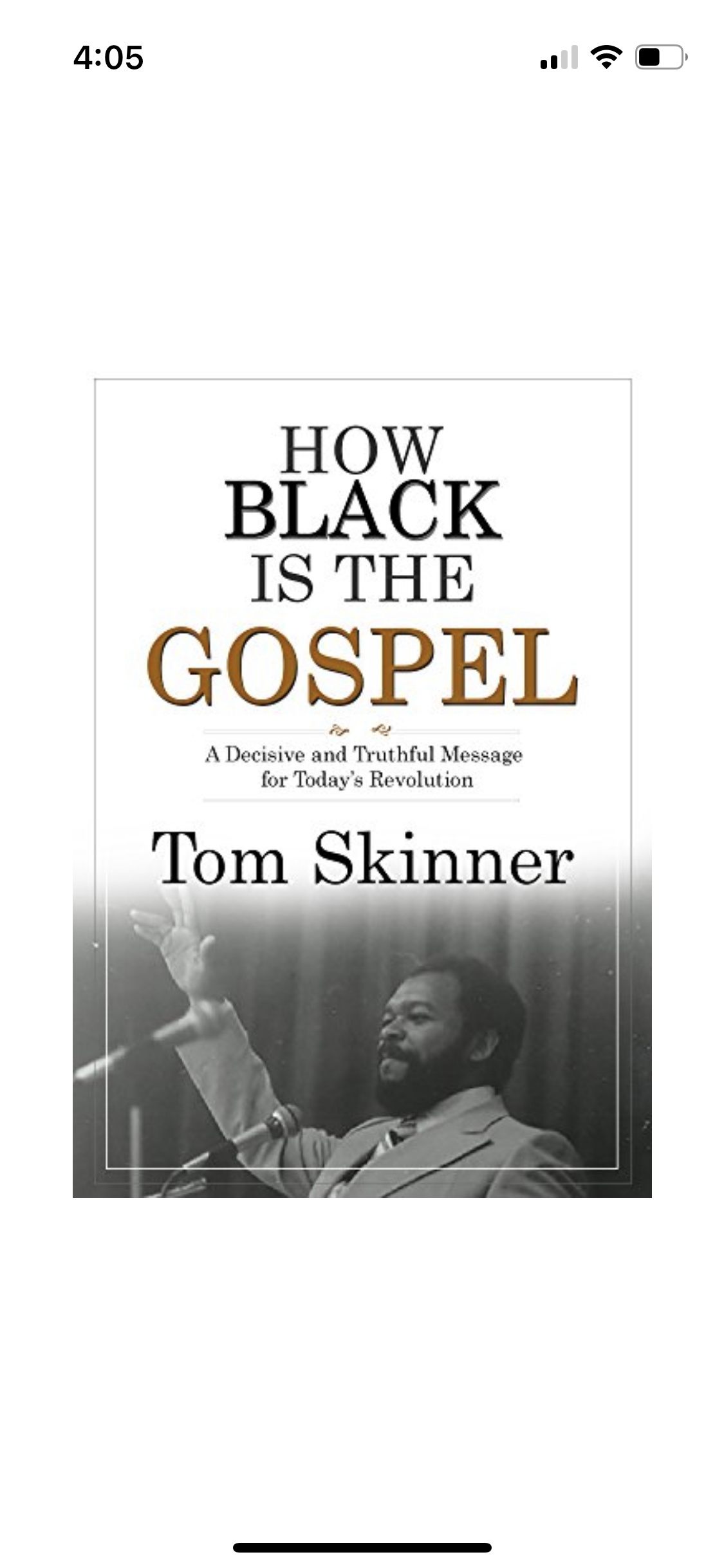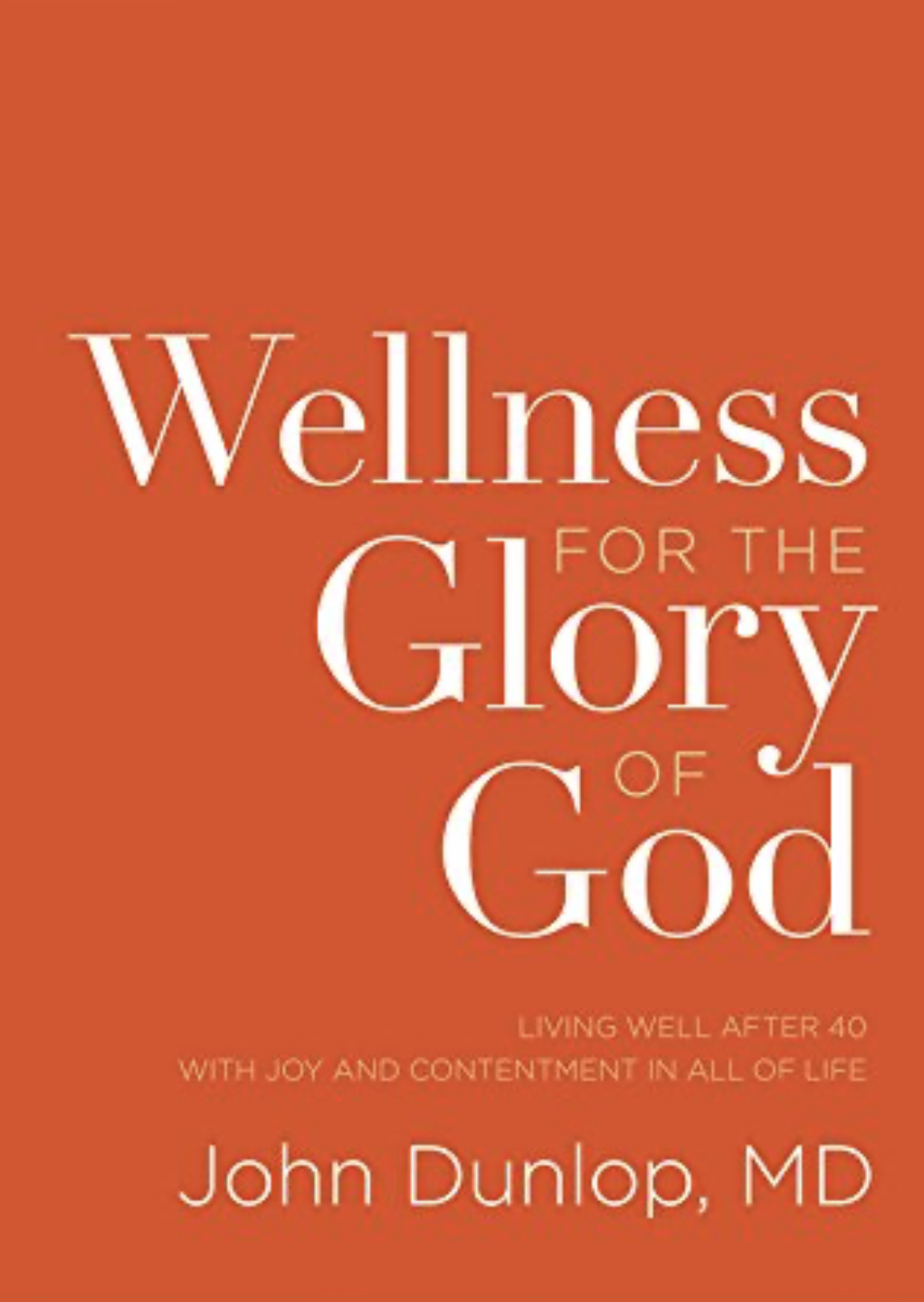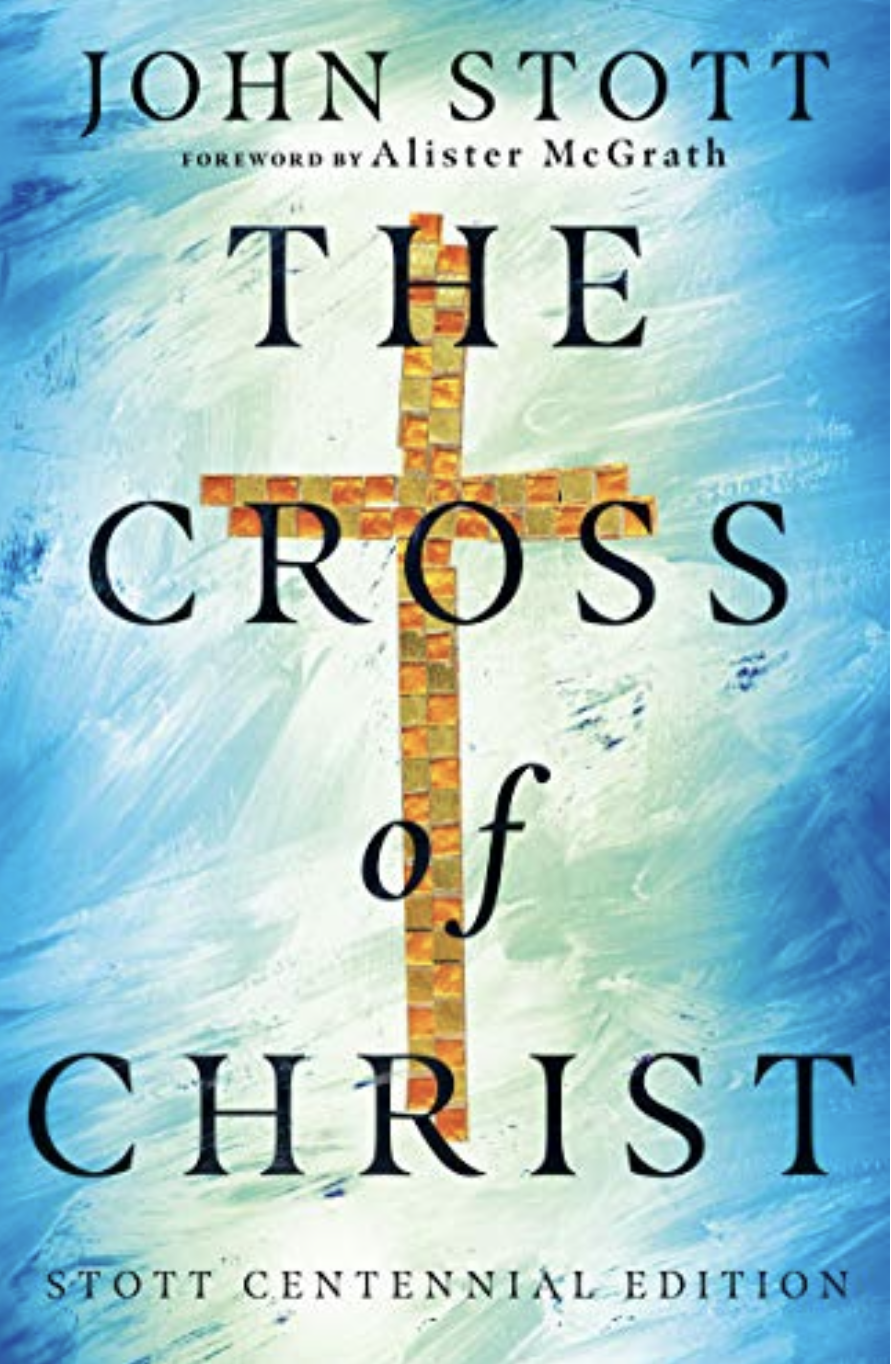This is the second in my series of posts about books I am reading this year. As a reminder, I am trying to read a book a week. Thus far I have been reading for 13 weeks. I am using these posts to report on my progress and also to give brief summaries of the books in case anyone else is interested in these books or perhaps may benefit from these notes.
After I finished the eighth book, I took a rest. More accurately, it took me two weeks to get through my eighth book, so I gave myself a pass for week 9. Then for my ninth book, I picked John Stott’s book,The Cross of Christ, which is 350 pages and very densely packed theology. I highly recommend Stott’s book, but it took me 3 weeks to finish it. In the meantime, in order to not get discouraged, I found a tenth book that was only 75 pages, while I continued working my way through Stott! And on the week I was supposed to read my 11th book, I watched a documentary which I have been intending to watch for a long time. It was important to me to continue, to not lose momentum, yet I had to also chart realistic goals for myself.
Below are my short summaries of the books I read over the past month. I try to provide the author’s arguments without too much of my own commentary.
Book #7 was Wellness for the Glory of God, by Dr. John Dunlop, published in 2016, before the pandemic. I have met Dr. Dunlop. He is a semi-retired gerontologist, and a thoughtful Christian. As with my fifth book, An Uncommon Guide to Retirement, this book was appropriate to my age. Dunlop works through biblical wisdom for Christians over 40 in six areas: physical, mental, social, financial, spiritual and emotional. From his years of medical practice and Christian faith, he offers wisdom for how to maintain physical and mental health within the realities of aging in a fallen world. He recognizes that all are not in the same shape financially, so some might continue to work out of necessity after 65 while others need not. But he sees value in Christians working as long as possible in some capacity, just as I read also in An Uncommon Guide to Retirement. Dunlop offers practical insights on the value of maintaining active involvement in social and church communities and cultivating healthy emotional connections with others and with God. This was a very helpful book to me!
Book #8 was David Swanson’s Rediscipling the White Church. This is a book I began a few years ago and never finished. Swanson is a white pastor of a predominantly black church in Chicago. His hope is to help more white churches become genuinely multi-ethnic and he sees that sharing the pews with a diversity of worshippers does not automatically produce a lasting multi-ethnic community. He proposes that this transformation can only take place as we train our congregations to have different habits. He argues that these habits encompass more than the worship music we choose; rather they are habits which push back on white evangelical church culture which tends toward individualism, relationalism and anti structuralism. Swanson contends that change will happen when we pursue it as whole church bodies. We must acknowledge that racial and economic problems are systemic, not merely individual. His chapters outlined changes in our table fellowship or communion, kingdom preaching, liturgies of confession and forgiveness, children’s ministry, practicing presence in the community, forming uncommon friendships and being saved from our presupposition of superiority. I appreciated reading a book that went beyond a critique of white church culture and suggested practical ways to change.
Book #9 was John Stott’s The Cross of Christ. It was originally published in 1986, and the second edition was published in 2020. If you want to thoroughly understand the biblical teaching on the meaning of the Cross, this is a wonderful, moving and readable book. From the introduction to the conclusion, it is packed with theology. I began reading it on Palm Sunday with the hope of finishing by Easter. That didn’t happen! One thing that is notable is that Stott wrote in 1986 (I have that version in a physical book and a kindle version of the 2020 book) that social justice (he uses those words) is a clear outgrowth of the Gospel. He urges Christians not only to resist materialism and live generously, but he also talks about the greater efficacy and impact produced by addressing “structures which inhibit development” of many peoples in the world, rather than simply helping people one at a time. I don’t know if he was criticized for those words – it was perhaps not as polarized a time in Christianity in the 1980’s. But there was already a divide between evangelicals and “liberal” Christians! Another concern he addresses in the book is the difference between Catholic and Protestant theology, making a Scriptural case for Protestant teaching on salvation and sanctification.
Book #10 was How Black is the Gospel, published in 1970 by Tom Skinner. What Skinner meant with his title is to make a case for why the Gospel of Jesus Christ is not only for white people, but exactly the Gospel needed by black people. He wrote, “true Christianity – the real message of Christ – can speak with decisiveness and truth to today’s black revolution.” In his book he demonstrates how the Gospel gives real answers to reckon with the history of black Americans, their need for a solid identity, reconciliation in community both with fellow blacks and with white people and finally where the power will come from to live good lives. Skinner confronted white Christianity with its corruptions and distortions of the Gospel. The Gospel which Jesus came to preach was a message of salvation which privileged no people groups, but prioritized allegiance to his Father and the Kingdom of God. Skinner cautioned his fellow black Christians against a reverse supremacy or self-interest. Yet, he believed black Christians were qualified to lead the effort against systemic injustice because of their history as the oppressed. As I read, I mourned over how many years have gone by while black Christians such as Skinner have called upon white Christians to repent of the sins of the past and simultaneously encouraged black leadership as they seek to move Christians forward as a unified family of Christ to confront injustice. It helps me to understand why many black Christians today speak in an increasingly accusatory and frustrated voice.
Book #11 was a documentary. I have been meaning to watch I Am Not Your Negro for a long time. Since I was still not done with The Cross of Christ, I decided this was the week to watch it. I read Baldwin’s book The Fire Next Time in 2022. Since I did not take notes on the book, I now cannot remember much about it. I have heard the quote from James Baldwin, “To be a Negro in this country and to be relatively conscious is to be in a rage almost all the time.” I remember thinking while I read The Fire Next Time that he did not sound as angry in that book as I expected. By contrast, the documentary is more angry and confrontational. It chronicles the work and assassinations of Medgar Evers, Martin Luther King, Jr. and Malcolm X. There are video clips of Baldwin, giving speeches and appearing on the Dick Cavett Show. Baldwin asserted that the white majority in America believed lies about themselves and about black Americans. He argues that white Americans knew very little about the lives and experiences of black Americans, and believed themselves to be innocent of oppressing them. These lies turned white Americans into “moral monsters” who were unwilling to see the truth and unwilling to change. The documentary was produced in 2016 by Raoul Peck using Baldwin’s unfinished manuscript and notes from the period between 1979, when he proposed the idea to his literary agent and his death in 1987. The takeaways for me: I am ignorant of the experience of blacks in America, and need to confront what we white Americans have done and pursue change.
Book #12 was The Screwtape Letters by C. S. Lewis. I definitely had started this book at some point, but I don’t think I ever read it all the way through. There were a few times when Lewis’s way of writing or his humor confused me, but most of the time, I was struck with how relevant this book continues to be 80 plus years after its first publication. It described particularly well the pitfalls into which young Christians fall – not realizing how normal suffering is in the Christian life, or how a baby Christian often lacks humility and begins to criticize other Christians as just two examples – but it was simultaneously a great reminder to me who should know better after walking with the Lord for more than 50 years. This should be required reading for every young Christian, and also for campus ministers who disciple them!
I have already begun the next six books! Again, let me know if you want more thorough notes on any of these. I continue to find it stimulating to read and essential to take notes in order to retain what I have read. I read and take notes on what each author conveys in their book, and make minimal comments about their argument. I do that better with some books than others. When it comes to books written specifically to instruct white people about their failures, I am particularly concerned to receive their instruction and “accept it as true.” That may not preclude a later re-evaluation, but while I am reading I am wary of my own defensiveness and limited perspective. I want to learn from each author, and listen to what the Spirit of God might want to teach me through them.





